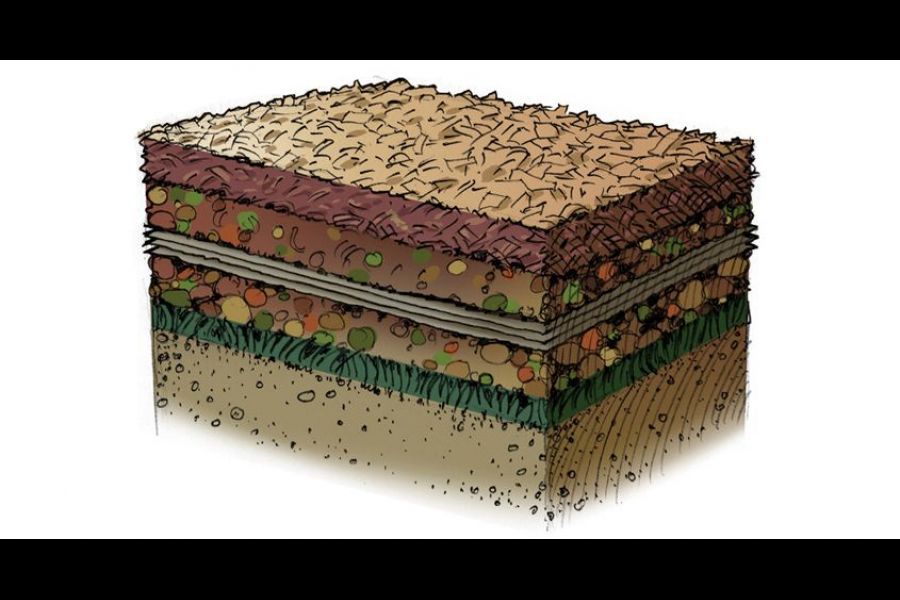This is the eighth in a 10-week gardening column series, organized by the Niagara-on-the-Lake Communities in Bloom committee.
Joanne Young
Special to The Lake Report
No. Lasagna gardening doesn’t mean growing lasagna.
Lasagna gardening is a no-dig, no-till organic gardening method that layers organic materials to “cook down” over time, reaping nutrient-rich, fluffy soil.
The best part: it’s easy! You don't have to remove sod and weeds. In fact, you don't have to work the soil at all.
Also known as “sheet composting,” lasagna gardening is great for the environment, because it uses yard and kitchen waste.
The first layer consists of either brown corrugated cardboard or three layers of newspaper laid directly on top of the grass or weeds. Wet this layer to keep everything in place and to start the decomposition process.
The grass/weeds will break down quickly because they’ll be smothered by newspaper/cardboard and the materials being layered on top.
This layer provides a dark, moist area that attracts earthworms to loosen up the soil.
Anything you'd put in a compost pile, you can put into a lasagna garden. Great materials include grass clippings, leaves (disease free), fruit/vegetable scraps, coffee grounds, tea leaves/bags, weeds (if not gone to seed), manure, seaweed, shredded newspaper or junk mail, pine needles, spent blooms, trimmings from the garden, peat moss, straw.
When building, alternate layers of “browns” like fall leaves, shredded newspaper, peat and pine needles with layers of “greens” like vegetable scraps, garden trimmings and grass clippings.
Brown layers should be roughly twice as deep as green layers, but there's no need to get finicky about this. The ideal result is a two-foot-tall layered bed. (This will shrink in a few short weeks.)
You can make a lasagna garden in any season but fall is optimum because organic materials like fallen leaves and yard waste are plentiful.
Your lasagna garden can sit and break down all winter. Rain and snow keep materials moist and help them decompose faster. By spring, it will be ready to plant with minimal effort.
If made in spring, intersperse greens and browns with layers of finished compost, peat or topsoil. Top off the bed with three or four inches of finished compost or topsoil, then plant. The bed will settle over the season as lower layers decompose.
Caring for a lasagna garden is easy, with fewer weeds, better water retention, less need for fertilizer, and easy-to-work soil. Your only problem will be finding plants to fill all of those new gardens.
Visit jointheconversationnotl.org/garden to check out the Garden of the Week Contest, run by the Town of Niagara-on-the-Lake’s Communities in Bloom committee, and submit your garden or garden feature for consideration in one of 10 categories.
Joanne Young is a garden coach and designer.










